In an era where financial literacy is increasingly recognized as a cornerstone of personal empowerment, Bangalore International Airport Limited (BIAL) is leading the charge towards inclusive development. Through its CSR arm, the Kempegowda International Airport Foundation (KIAF), BIAL isn't just building an airport; they're nurturing futures. By equipping underprivileged children with essential financial skills like budgeting, saving, and responsible investment, KIAF empowers them to navigate the challenges of the modern world and break free from the constraints of poverty. This innovative program transcends traditional education, aiming to become a replicable model for regional impact.
In an exclusive interview with TheCSRUniverse, Mr. Hemanth Madegowda, Head of Corporate Social Responsibility, BIAL, delves into the transformative work of the Kempegowda International Airport Foundation (KIAF). Mr. Madegowda sheds light on the strategic approach behind KIAF's financial literacy program, highlighting its scalability and potential for widespread impact. He discusses the collaboration with local communities, government agencies, and educational institutions to ensure the program's success and sustainability.
Furthermore, he emphasizes the importance of measuring the program's long-term impact, detailing the comprehensive evaluation methods employed to assess students' financial literacy skills and overall well-being beyond graduation. He also discusses ongoing efforts to expand the program's reach, including potential partnerships with other organizations and institutions to ensure its sustainability and scalability.
Scroll down for more on KIAF's impact and future plans.
Q&A
Q. How did Kempegowda International Airport Foundation (KIAF) identify the need for introducing financial literacy as a value-added subject, and what motivated the foundation to address this crucial educational gap?
A. Bangalore International Airport Limited (BIAL) has initiated several programmes with the objective of creating social value for all its stakeholders. These programs are addressing the issues pertaining to basic development areas like education, water and sanitation, integrated development, health promotion and conservation of art and culture.
In July last year, the airport’s CSR arm – Kempegowda International Airport Foundation (KIAF), launched a financial literacy program at the Government Higher Primary School, Aradeshanahalli.
The foundation was driven by the aspiration to instigate behavioural change among children, instilling in them the values of financial responsibility and discipline from a young age. By integrating financial literacy into the curriculum, KIAF aims to equip children with vital financial skills while fostering habits of saving, budgeting, and making prudent investments.
Moreover, KIAF harbours ambitions to develop a model curriculum that can be adopted by other schools, thus amplifying the reach and impact of financial literacy education across the region. By spearheading this initiative, KIAF endeavours to empower children with the knowledge and skills necessary to navigate the intricacies of the financial world, thereby contributing to their long-term prosperity and well-being.
Q. How has GHPS, Ardeshanahalli, contributed to the financial literacy program's implementation, and were there initial challenges that required specific solutions?
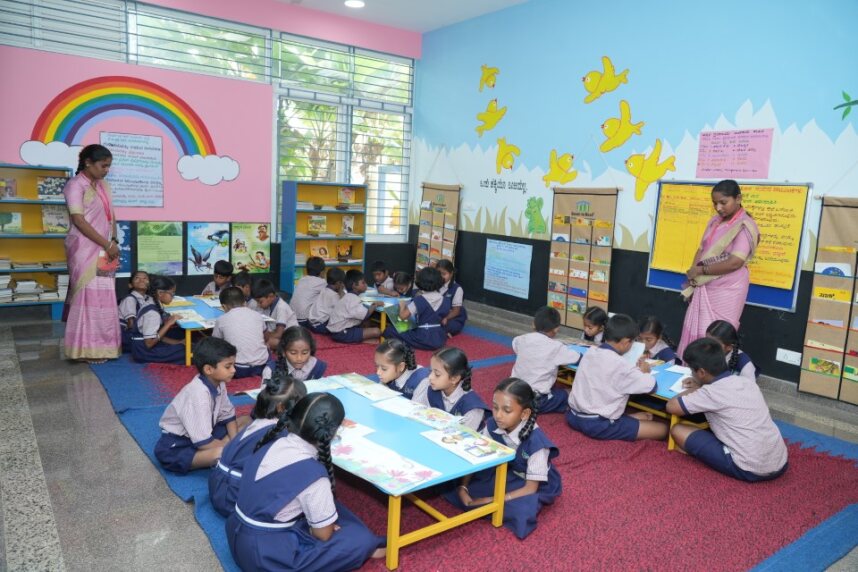 A. GHPS Aradeshanahalli has played a crucial role in the execution of the financial literacy program, leveraging the resources and infrastructure provided by KIAF as part of our long-term commitment outlined in the ten-year MoU with the Department of Education, Government of Karnataka. The school, which has been rebuilt by KIAF, has been instrumental in facilitating the delivery of a comprehensive financial education curriculum.
A. GHPS Aradeshanahalli has played a crucial role in the execution of the financial literacy program, leveraging the resources and infrastructure provided by KIAF as part of our long-term commitment outlined in the ten-year MoU with the Department of Education, Government of Karnataka. The school, which has been rebuilt by KIAF, has been instrumental in facilitating the delivery of a comprehensive financial education curriculum.
The pilot program, which commenced last July and recently concluded, received support from the Australian Consulate General. Students at GHPS Aradeshanahalli showed tremendous interest in the first two sessions, which encouraged KIAF to implement the entire set of planned modules. Students’ active participation and queries provided an ample opportunity for trainers to provide necessary inputs.
Despite these achievements, initial challenges were encountered, primarily stemming from the lack of awareness and understanding of financial concepts among students and parents. To address this, KIAF and GHPS Aradeshanahalli collaborated to organise awareness sessions and workshops, providing guidance and support to enhance comprehension.
Furthermore, sustaining engagement and interest in financial literacy education posed another challenge. To overcome this hurdle, the school implemented interactive teaching methods, including games, role-playing activities, and real-life simulations, to make learning engaging for students. It’s incredibly gratifying that today the programme has evolved into one of the most popular and enjoyable programmes for the children.
Q. How was the syllabus and learning material developed for the financial literacy program, ensuring relevance and effectiveness?
A. The syllabus and learning material were expertly crafted by Yamuna Sastry, the founder of Financial Literacy and Inclusion Projects (FLIP), who brings invaluable expertise in financial education, including assisting informal sector workers in filing tax returns. Additionally, twenty subject resource persons (teachers) at the school, appointed by KIAF, underwent continuous training each month to ensure the quality delivery and effectiveness of the financial literacy classes.
The development process followed several key steps to ensure the program's relevance:
1. Needs Assessment: We commenced with a comprehensive needs assessment to understand the specific financial literacy needs and challenges faced by the children. This initial step provided crucial insights into tailoring the program to address the unique circumstances of our target audience.
2. Curriculum Development: Based on the findings of the needs assessment, a robust curriculum framework was meticulously developed. This framework outlined the core concepts and learning objectives of the financial literacy program. Collaborating with subject matter experts and educators, we ensured that the lessons were age-appropriate, culturally relevant, and aligned with educational standards.
3. Resource Selection: Learning materials, including textbooks, workbooks, and supplementary resources, were thoughtfully selected or developed to complement the curriculum. Each resource was chosen or created with careful consideration of its ability to support effective learning outcomes.
4. Practical Application: Recognizing the importance of practical application, the curriculum emphasized real-life scenarios and hands-on exercises. Interactive activities were integrated to enable students to apply financial concepts in their daily lives and develop essential money management skills.
5. Feedback and Iteration: Throughout the development process, we actively sought feedback from educators, students, and community members. This iterative approach allowed us to incorporate valuable insights and refine the curriculum to ensure its continued relevance, engagement, and responsiveness to the evolving needs of the learners.
Q. How are teachers trained and supported in delivering this financial literacy curriculum effectively? Are there ongoing professional development opportunities provided?
A. Two trainers have conducted these classes so far.
This year, teachers will receive comprehensive initial training sessions facilitated by experienced educators and financial experts, equipping them with the necessary skills to effectively deliver the financial literacy curriculum. Additionally, ongoing support mechanisms are in place to assist teachers throughout the implementation process. This support includes regular check-ins, mentoring, and access to resources aimed at enhancing their teaching practices.
Furthermore, teachers are offered continuous professional development opportunities, such as workshops and seminars, to stay abreast of the latest developments in financial education and teaching methodologies. This holistic approach ensures that teachers are well-prepared and supported in their efforts to deliver engaging and impactful financial literacy instruction to students.
Q. Can you share success stories from students who have undergone the financial literacy program, illustrating the positive impact on their lives?
A. The program was designed to achieve the following objectives:
• Foster financial awareness and instil financial discipline from a young age
• Cultivate habits conducive to financial commitments and responsible money management
• Promote awareness and understanding of financial planning principles among children.
• Empower children to impart their learnings and knowledge within their households, disseminating information and promoting positive financial behaviours
Children testimonials:
Nikita, 7th Grade:
“Our school didn't have fancy things like a computer lab, science lab, or even a library and no provision for karate or classes like Fin fun and music. However, with the introduction of various classes and facilities, including stitched school uniforms and two pairs of shoes, it now resembles a private institution. I am most fond of the music class.
I would not be enthusiastic about attending school earlier, but with the introduction of new activities, my eagerness to come to school has increased, and I no longer take any days off.”
Lakshmi, 6th Grade:
“I'm take the Fin-Fun class and I like the Need v/s Wants concept among others. Because I learned the difference between what to buy and what not to buy. I didn't know about saving before but now have I learned more about banking and saving. Earlier I didn't save money but now I save and want to build a house with my saving. So far, I have saved five thousand rupees and my dad was also very happy.”
Q. How does the program address diverse student needs, incorporating personalized learning or additional resources? Also, does it involve parents or community members to foster a cohesive learning environment and support system?
A. The program employs various strategies to address diverse student needs. Teachers are trained to differentiate instruction based on students' learning styles, abilities, and backgrounds, ensuring that all learners are supported and challenged appropriately.
Additionally, supplemental materials and resources are provided to accommodate varying levels of proficiency and facilitate deeper understanding.
For instance, to teach the difference between needs and wants, students are told that they have Rs 50 and that they are at a shop where they are asked to buy various items. Through this activity, students are provided with decision-making opportunities to choose between different items as per their needs and wants. After every five classes, an activity-based assessment is conducted to check the understanding of the students.
Furthermore, the program fosters a cohesive learning environment by involving parents and community members. Parental involvement is encouraged through regular communication, and informational sessions aimed at equipping parents with the knowledge and skills to support their children's learning at home.
Community partnerships are also leveraged to provide students with access to additional resources, such as financial literacy sessions, and experiential learning opportunities. By engaging parents and community members, the program creates a supportive ecosystem that reinforces learning both inside and outside the classroom, ultimately contributing to students' overall success and well-being.
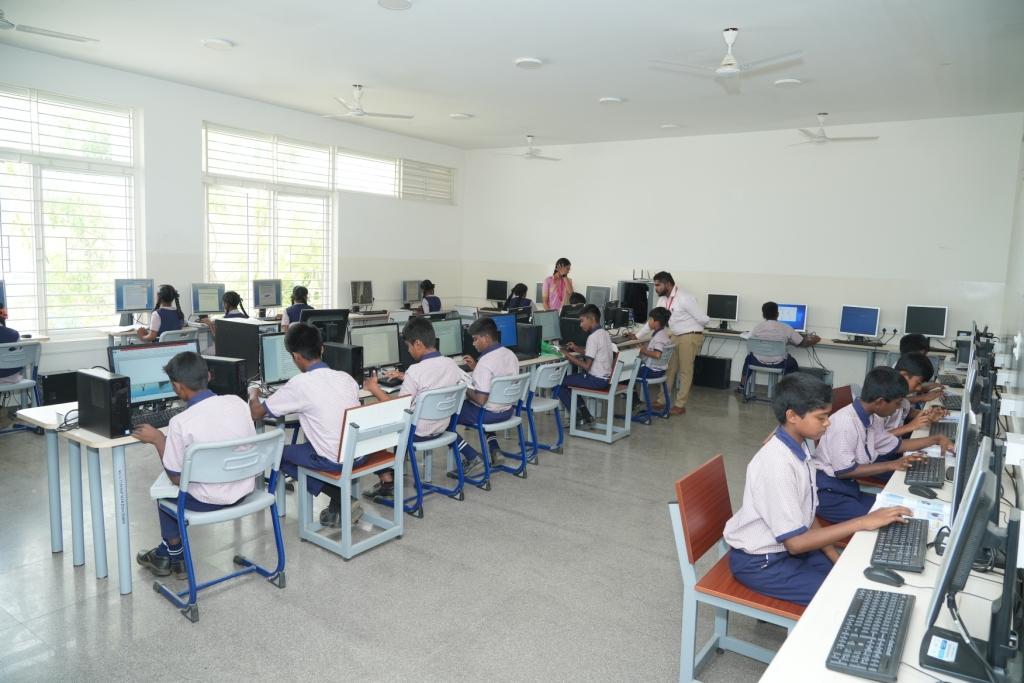 Q. Are there opportunities to leverage technology or innovative teaching methods to further enhance the program's reach, engagement, and effectiveness?
Q. Are there opportunities to leverage technology or innovative teaching methods to further enhance the program's reach, engagement, and effectiveness?
A. The program actively seeks opportunities to leverage technology and innovative teaching methods to enhance its reach, engagement, and effectiveness.
Through the integration of technology into the curriculum, students have access to interactive learning platforms, educational apps, and multimedia resources that cater to diverse learning styles and preferences.
•Technology Integration: The program utilizes educational technology to provide interactive learning experiences, personalized feedback, and access to a wealth of resources.
•Diverse Learning Opportunities: Students have the opportunity to explore topics through various mediums, including videos, simulations, and online discussions, catering to different learning preferences.
Q. How are you measuring the long-term impact of this program on the students' financial literacy and overall well-being beyond graduation?
A. To measure the impact of the program on students' financial literacy and overall well-being beyond graduation, we employ a multifaceted approach:
•Habit Formation Points (HFP) Metrics: Students are tracked using the Habit Formation Points metrics. Each child's participation and engagement in program activities are assessed, and specific activities are assigned weighted average points. At the end of each period, cumulative scores are calculated, allowing us to evaluate each student's progress. A winner is declared based on their overall performance.
•Continuous Program Evaluation: The program is designed to be carried out continuously for a duration of three years. Throughout this period, ongoing assessments and evaluations are conducted to measure the program's impact on students' financial literacy skills, habits, and overall well-being.
•Longitudinal Studies: Longitudinal studies are conducted to track students' progress over time, both during and after their participation in the program. By collecting data at multiple points throughout the program and beyond graduation, we can assess the sustained impact on students' financial literacy knowledge, behaviors, and outcomes.
By utilising a combination of quantitative metrics, continuous program evaluation, longitudinal studies, and qualitative feedback, we can comprehensively assess the long-term impact of the program on students' financial literacy and overall well-being, ensuring that our efforts are making a meaningful and lasting difference in their lives.
Q. What are the long-term funding plans for this program? Are there opportunities for partnerships with other organizations or individuals to ensure its sustainability and expansion?
A. KIAF is open to explore partnerships with other interested organizations and institutions for sustained implementation of these sessions. Alternatively, BIAL is keen on continuing its support to KIAF for implementing financial literacy sessions.
Q. While this program is commendable, financial challenges faced by underprivileged children can stem from systemic issues. Does KIAF advocate for or collaborate with policymakers to address these deeper roots of poverty and inequality?
A. With a curriculum spanning 30 courses and targeting 6th graders, KIAF's approach aims to instil financial habits in students at a crucial juncture of adolescence. The intention is to equip them with essential skills that they can apply not only in their personal lives but also potentially influence their households.
Looking ahead, KIAF plans to evaluate the program's functionality after three years, with aspirations to expand its reach to two additional schools adopted by KIAF - Government Higher Primary School, Bettakote – 1 – 7 grades & Government Higher Primary School, Kannamangala – 1 – 7 grades. Ultimately, there's a possibility of pitching the program to the government, signalling a broader commitment to addressing systemic issues and creating lasting change in the community.
Financial management is a life skill that needs to be inculcated within students from a young age. It is a behavioural change that cannot be taught overnight.
Most students at this school are the children of daily wage labourers and industrial workers who are often faced with financial crises and therefore, financial literacy is vital for them. Aradeshanahalli falls under the Bangalore rural district. These children will learn financial skills, which they can then apply back at home, contributing to their family's financial well-being.
Q. Have you considered expanding the program to reach more students, and if so, what are the long-term goals, challenges, and opportunities in replicating this model?
A. Our long-term goals involve extending the program's impact to a broader demographic, providing financial education to a larger number of underprivileged children. However, we anticipate several challenges in replicating this model, including securing sufficient resources, ensuring consistent program delivery across multiple locations, and adapting the curriculum to suit diverse educational settings. Despite these challenges, we see numerous opportunities in expanding our reach, such as forging partnerships with additional schools, leveraging technology for remote learning, and collaborating with local communities and stakeholders to garner support.
Overall, our aim is to create a sustainable and scalable program that empowers more children with the financial knowledge and skills they need to thrive.
Q. Beyond financial literacy, what are your thoughts on incorporating broader life skills education within the school curriculum to empower students holistically?
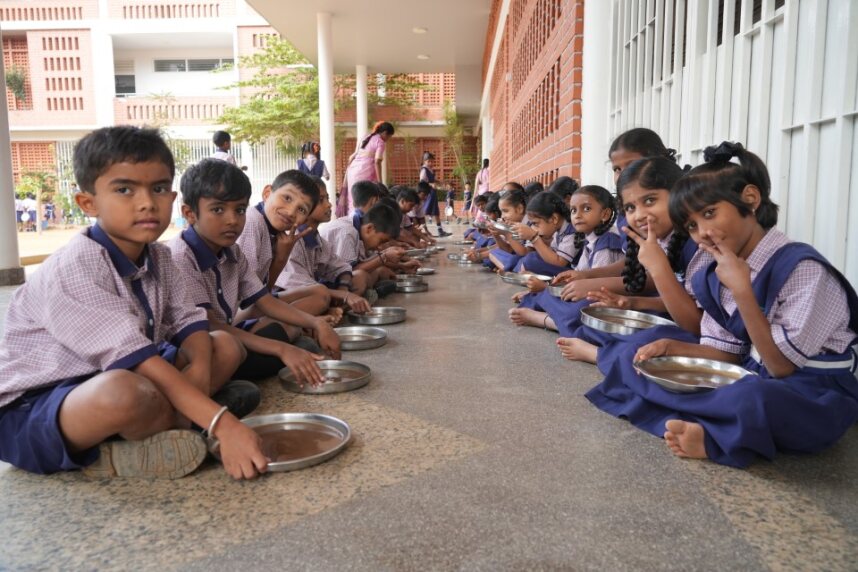 A. Beyond financial literacy, incorporating broader life skills education within the school curriculum is essential to empower students holistically. By providing students with a comprehensive set of life skills, we equip them with the knowledge, attitudes, and behaviors necessary to navigate various aspects of life effectively. Here are some thoughts on why incorporating broader life skills education is crucial:
A. Beyond financial literacy, incorporating broader life skills education within the school curriculum is essential to empower students holistically. By providing students with a comprehensive set of life skills, we equip them with the knowledge, attitudes, and behaviors necessary to navigate various aspects of life effectively. Here are some thoughts on why incorporating broader life skills education is crucial:
1. Personal Development: Life skills education encompasses a wide range of skills, including communication, problem-solving, decision-making, and emotional intelligence. By developing these skills, students enhance their personal development and become more self-aware, confident, and resilient individuals.
2. Social and Interpersonal Skills: The school also focuses on developing social and interpersonal skills, such as teamwork, empathy, and conflict resolution. These skills are essential for building positive relationships, collaborating with others, and thriving in diverse social settings.
3. Health and Well-being: Aspects of health and well-being, including physical fitness, nutrition, and mental health awareness. By promoting healthy habits and self-care practices, students can lead balanced and fulfilling lives.
4. Career Readiness: Prepares students for the challenges and opportunities they may encounter in their future careers. Skills such as time management, goal setting, and adaptability are crucial for success in the workplace and navigating professional environments.
5. Financial Literacy: While financial literacy is a key component, it is just one piece of the puzzle. By integrating broader life skills education into the curriculum, we ensure that students are equipped with the skills and knowledge needed to make informed decisions and thrive in all aspects of their lives.
Incorporating broader, more essential skills into the school curriculum empowers students to lead fulfilling, productive, and meaningful lives, both now and in the future. It equips them with the tools they need to overcome challenges, pursue their goals, and contribute positively to their communities and society as a whole.



 A. GHPS Aradeshanahalli has played a crucial role in the execution of the financial literacy program, leveraging the resources and infrastructure provided by KIAF as part of our long-term commitment outlined in the ten-year MoU with the Department of Education, Government of Karnataka. The school, which has been rebuilt by KIAF, has been instrumental in facilitating the delivery of a comprehensive financial education curriculum.
A. GHPS Aradeshanahalli has played a crucial role in the execution of the financial literacy program, leveraging the resources and infrastructure provided by KIAF as part of our long-term commitment outlined in the ten-year MoU with the Department of Education, Government of Karnataka. The school, which has been rebuilt by KIAF, has been instrumental in facilitating the delivery of a comprehensive financial education curriculum. Q. Are there opportunities to leverage technology or innovative teaching methods to further enhance the program's reach, engagement, and effectiveness?
Q. Are there opportunities to leverage technology or innovative teaching methods to further enhance the program's reach, engagement, and effectiveness? A. Beyond financial literacy, incorporating broader life skills education within the school curriculum is essential to empower students holistically. By providing students with a comprehensive set of life skills, we equip them with the knowledge, attitudes, and behaviors necessary to navigate various aspects of life effectively. Here are some thoughts on why incorporating broader life skills education is crucial:
A. Beyond financial literacy, incorporating broader life skills education within the school curriculum is essential to empower students holistically. By providing students with a comprehensive set of life skills, we equip them with the knowledge, attitudes, and behaviors necessary to navigate various aspects of life effectively. Here are some thoughts on why incorporating broader life skills education is crucial: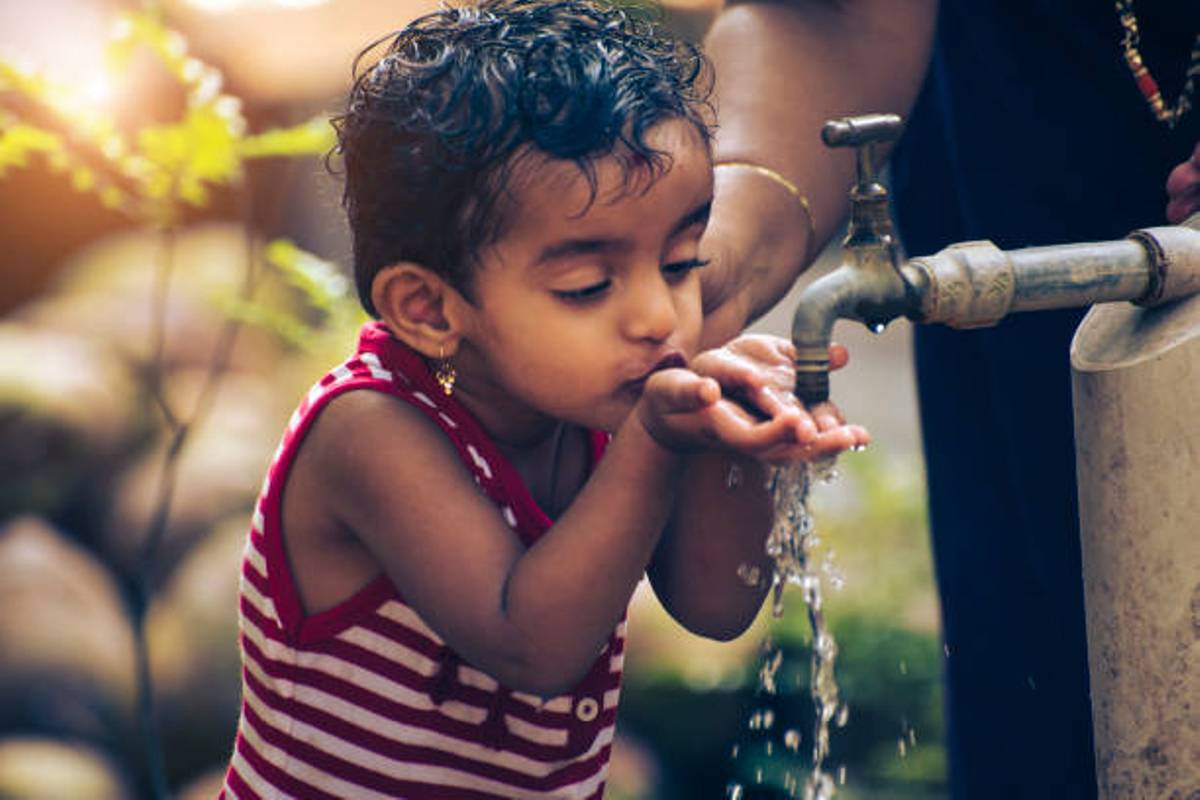
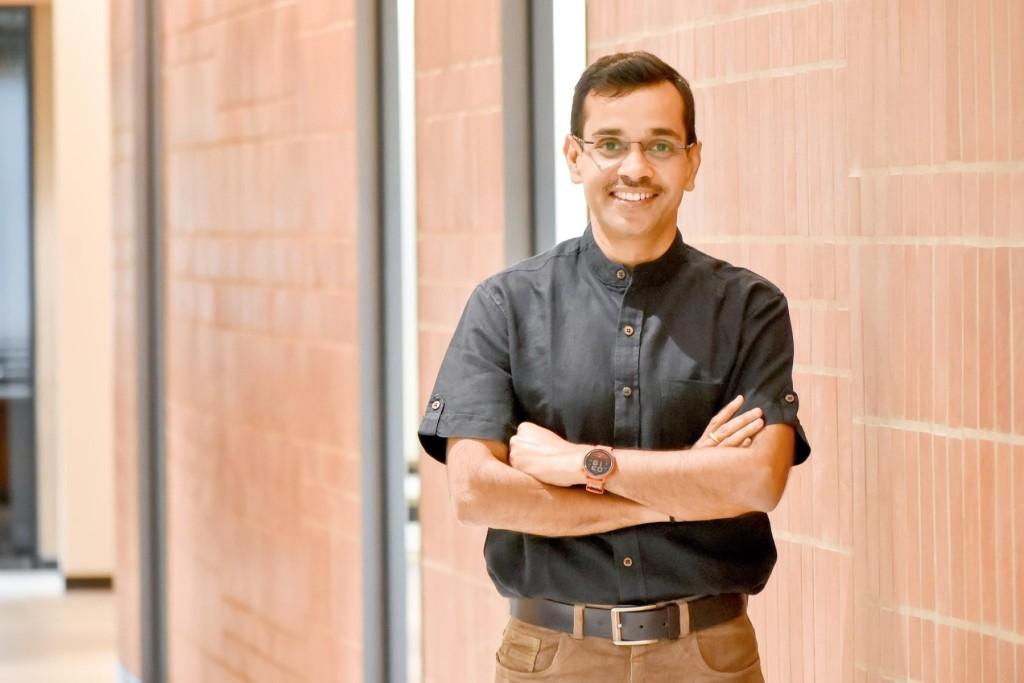

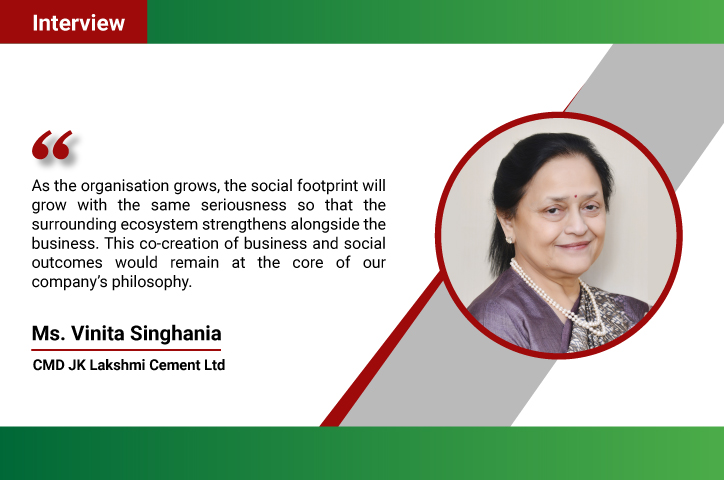
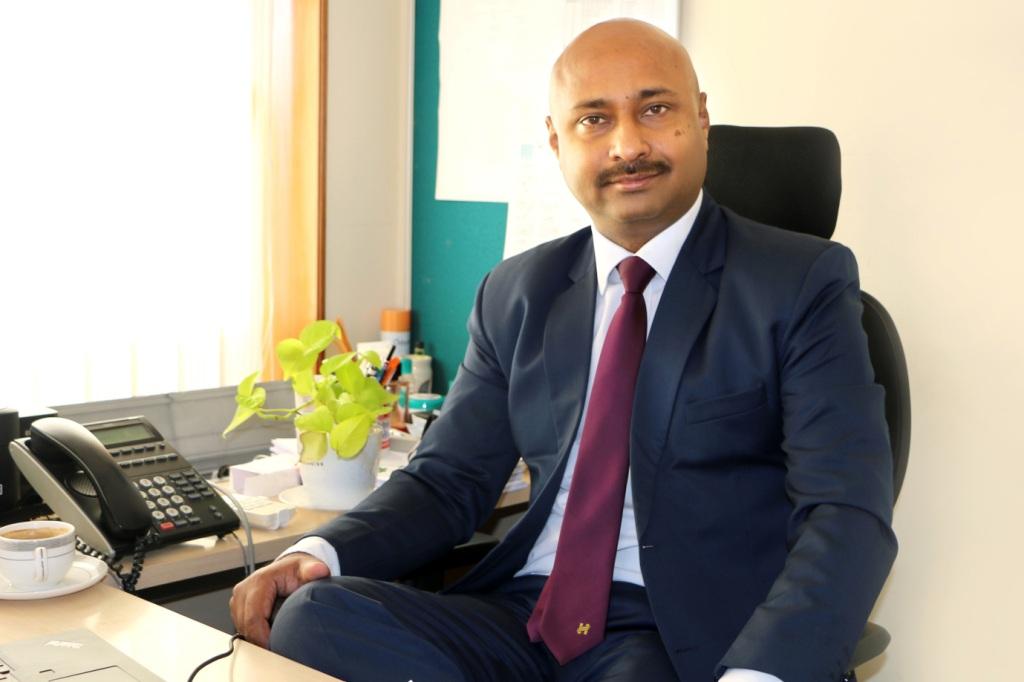

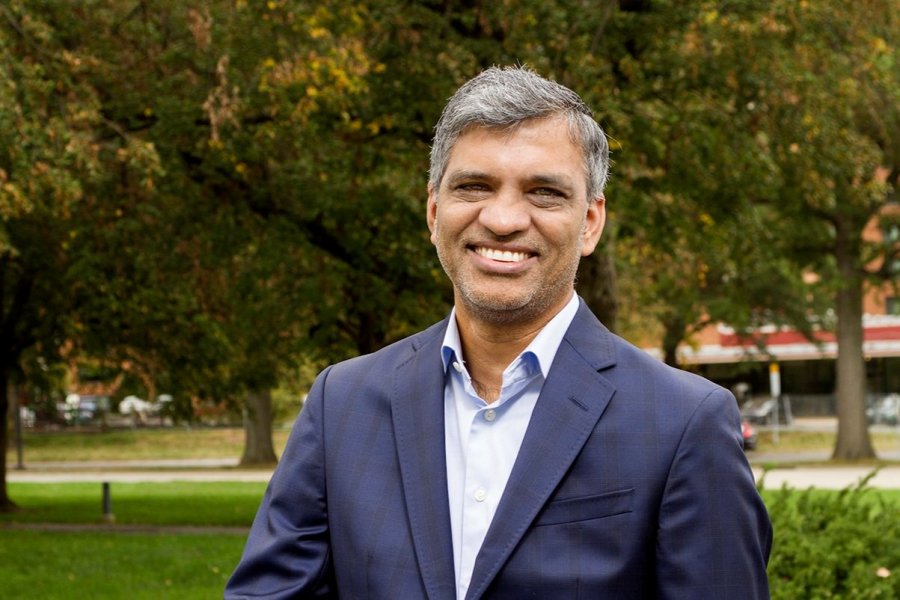



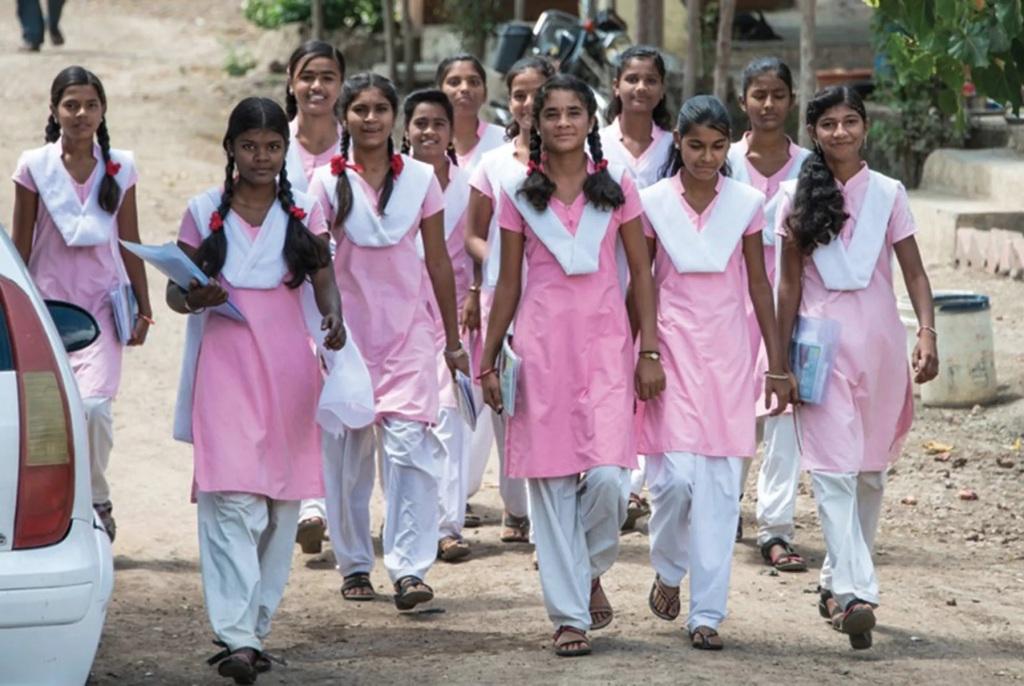

.jpg)




